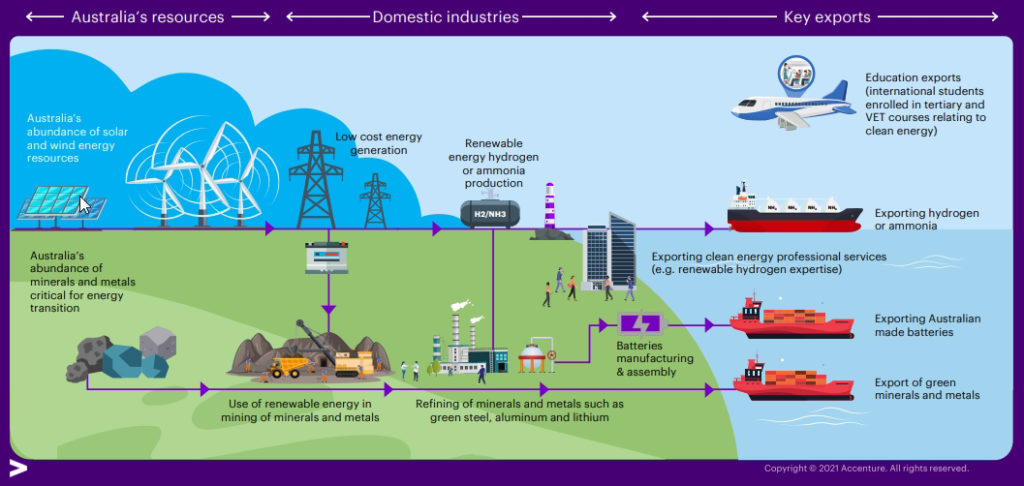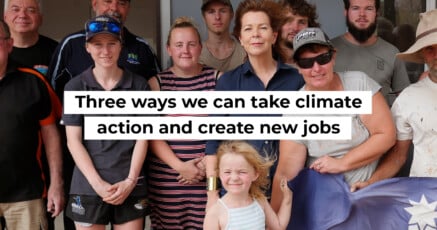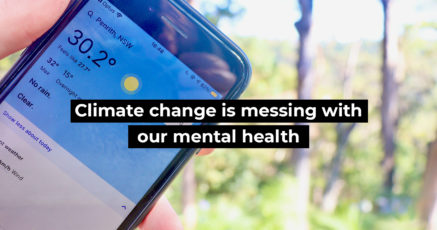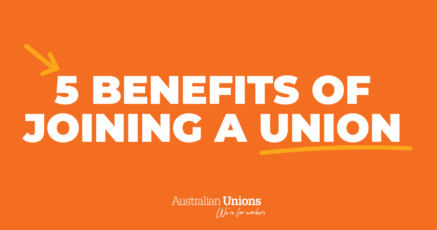Key Points
-
Hundreds of thousands of new jobs could be created in several regions across Australia, including regional WA, central and outback QLD, outback SA and the Illawarra region in NSW.
-
The clean energy opportunities will create 176,000 direct jobs and 219,000 indirect jobs due to the flow-on supply chain.
-
Clean exports will create opportunities for workers across qualification levels; more than half of jobs would be in mining, manufacturing, and professional services
-
Australia has a natural advantage with an abundance of solar and wind energy, and the metals and minerals required for the energy transition.
-
Australia will need to act quickly as it faces significant competition from other countries.
On Thurs 14 October, Australian Unions, and ACF, WWF-Australia, and BCA released a new report, Sunshot: Australia’s opportunity to create 395,000 clean export jobs. This report charts a path for the country through the global transition to net-zero that delivers hundreds of thousands of new jobs.
The report finds that Australia’s largest clean export opportunities are in renewable hydrogen and ammonia, green metals, critical minerals, battery manufacturing, education and training and engineering, ICT and consulting services.
These industries offer the opportunity to create tens of thousands of well-paid jobs, mostly in regional areas and accessible by workers across all levels of skill and education.
However, the report also shows that Australia must act fast in order to realise the potential of these new industries and jobs. Australia’s competitors have existing targets that are ambitious and fast-moving, some as early as 2025.
- Chile already has a National Green Hydrogen Strategy, with substantial government financing. Chile has similar renewable energy resources to Australia, and hence a similar competitive advantage.
- Germany has ambitious target to be carbon neutral by 2045, and has committed billions of euros to fund large-scale hydrogen projects to support chemical, steel and transport industries. Last year, Germany was the 8th largest global producer of steel, so could capture a significant share of the international green steel market.
- China currently produces the majority of the world’s critical minerals such as copper, nickel, cobalt, lithium and other rare-earth elements.
If the Federal Government adopts the proposals in this report, the clean energy opportunities will create 176,000 direct jobs and 219,000 indirect jobs. These jobs will be created across Australia, especially in regional areas such as regional Western Australia, Central and Outback Queensland, Outback South Australia and the Illawarra region in New South Wales. Additionally, clean export opportunities will also create employment in major cities and surrounding regions such as Melbourne, Sydney, and Brisbane.

Australia could be a global leader of secure, clean energy export jobs and industry
We need leadership from the federal Government to develop a national clean energy exports strategy. Here are the five specific actions for the government:
Coordinated investment in 7 clean export precincts
To link Australia’s low-cost renewable energy resources and regional workforces to clean exports at precincts around the country.
$10 billion co-investment in new industries
To directly support flagship projects and accelerate the scale-up of Australia’s clean export industries.
$5 billion fund for workers and regions
Delivered by a new energy transition authority with representatives from government, industry and unions to manage the disruption to regional economies and workers dependent on carbon-intensive industries
Support for low-carbon materials in major infrastructure projects
To boost domestic demand, support new manufacturing capacity and lay foundations for exports.
An interim target of 6 GW of hydrogen and 3 green metals plants by 2027
An ambitious target to galvanise collaboration between governments, industry, unions and the research and education sector to grow Australia’s clean export industry.







SHARE:
This plan shows how Australia could have 395,000 new jobs